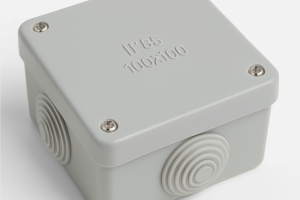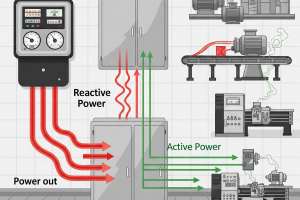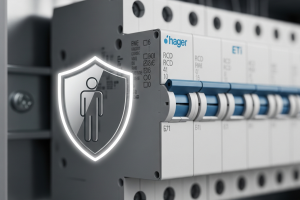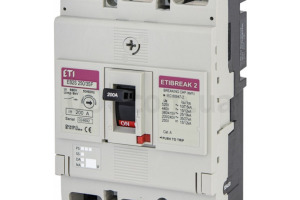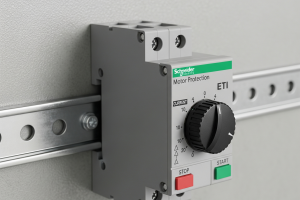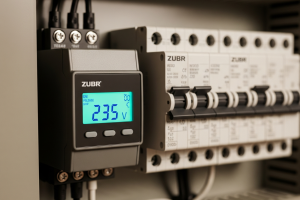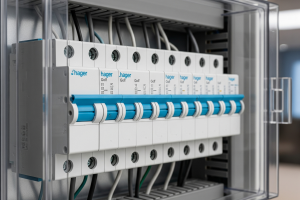Underfloor Heating: Which Type to Choose and How to Avoid Mistakes?
The idea that underfloor heating is a luxury item is long outdated. Today, it is an affordable and effective way to create comfort in an apartment or house, especially during the off-season. But how do you choose from the various options? Let's break down the key points.
MAIN TYPES OF ELECTRIC UNDERFLOOR HEATING
There are two main types on the market, and the choice between them depends on your renovation project:
-
HEATING CABLE
This is a cable in a coil that is laid in a serpentine pattern on the subfloor and then covered with a layer of screed (3-5 cm).
-
Pros: Versatile (can be laid in any shape of area), slightly cheaper than mats, ideal for primary heating of a room.
-
Cons: More complex installation, raises the floor level, takes longer to heat up due to the screed layer.
-
Best for: New buildings or major renovations where a new screed is planned.
-
HEATING MAT
This is the same cable, but already fixed to a special mesh base. It is laid directly into the tile adhesive layer.
-
Pros: Very simple and fast installation, minimally raises the floor level (only by the thickness of the tile and adhesive), heats up quickly.
-
Cons: Slightly more expensive than cable, less flexible for laying in complex-shaped rooms.
-
Best for: Renovating existing rooms, an ideal option for bathrooms and kitchens under tiles.
THE BRAIN OF THE SYSTEM — THE THERMOSTAT
Without a thermostat, your underfloor heating will not work. It's the device that controls the temperature. And you shouldn't skimp on it:
-
Mechanical: The cheapest and simplest. You turn it on/off and spin a dial. Reliable, but not economical.
-
Programmable (Electronic): Allows you to set a heating schedule for the week ahead. For example, it can turn on an hour before you wake up and turn off when you leave for work. It saves up to 70% of electricity compared to a mechanical one. This is the best choice for value and comfort.
THE GOLDEN RULE OF INSTALLATION
REMEMBER: underfloor heating is never installed under stationary, heavy furniture (kitchen units, wardrobes, bathtubs). This can lead to the cable overheating and failing. The power calculation is always based only on the free, usable area of the room.
CONCLUSION
Electric underfloor heating is a reliable and comfortable heating method. For major renovations, choose a heating cable; for a quick update to a bathroom or kitchen, opt for a heating mat. And be sure to invest in a programmable thermostat — it will pay for itself very quickly.
Need help calculating the area and power? Contact the specialists at 175.com.ua, and we will select the optimal underfloor heating kit for your comfort!










